Welcome to My Crib reveals the worlds behind the doors of Waterloo Architecture faculty. Today we enter the office of Dr. John Straube, a professor at the School of Architecture and Architectural Engineering.
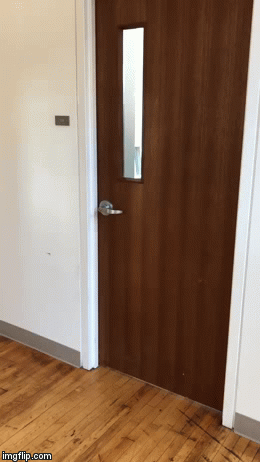
In this week’s edition of Welcome to My Crib, undergraduate students Riling and Sparsh infiltrate the office of a Dr. John Straube, to find out if he really is all about building science. As one of the few engineers in the School of Architecture, we asked the question everyone was dying to know.
Why Building Science?
Before university, he was working a summer job building homes and changing decks. In his undergraduate civil engineering degree at Waterloo, he worked several co-op placements with developers and contractors. However, his love for buildings only came to fruition in his fourth year when he took the only architecture course available to him, iconography, taught by Rick Haldenby at the time. Still, his desire to study building science was never realized, as there was no such field.
After completing his undergraduate degree, he travelled to Germany where building physics was much more progressive. When he returned to Waterloo to continue his master studies, he was finally able to delve into building science, full force. At the same time, he began contract consulting and was later offered a PHD research position. He calls his discovery of building science “accidental” and “serendipitous”.
His entry into the School of Architecture follows a similar narrative. His PHD supervisor transferred to an American university, leaving a part time building science position open in the Civil Engineering Faculty, which would be filled by John Straube. When the Architecture School asked for someone who could teach some technical courses, John Straube’s name was put up. Rick Haldenby recognized that name from his iconography course years ago and he was hired. The rest is history.
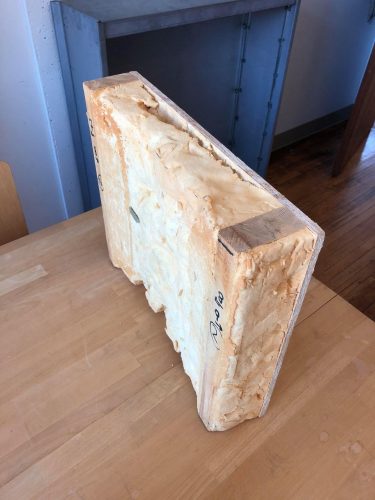
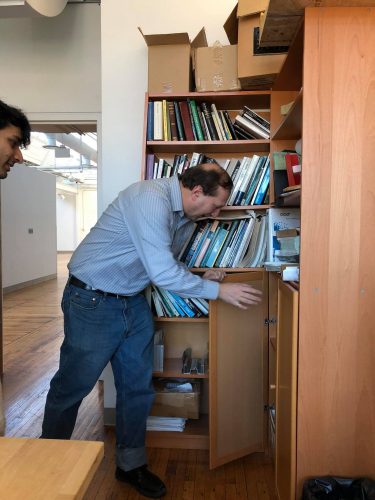
Looking around, his office was mostly empty, except for a decrepit bookshelf and a stash of wall samples. We asked about the purpose of these bits and pieces, and he mentioned it was part of his teaching strategy, to teach students about the physicality of these building systems. He believes that students should feel and understand the materials they are drawing. Just last week, we found ourselves passing around a steel stud wall in our lecture hall.
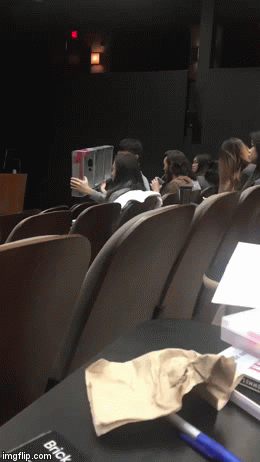
[Video courtesy of Elise Cloutier]
Although he is an engineer, Dr. John Straube isn’t shy about his opinions of the field of architecture. The major issue in design, he believes, is that people don’t define a clear problem before jumping into the process. Designers should understand constraints to create solutions that aren’t “better because they’re different but better because they’re better”. Contrary to many beliefs about the creative design process, he calls it a “predictable process” and cites “The disciplines of design” by P.H. Roe, G.N. Soulis and V.K. Handa as a book that every designer must read. In the age old debate about whether architecture is art or science, he iterates, “art goes through unfiltered emotions and experiences, but architecture is filtered through the three E’s – ethics, environment and economics.”
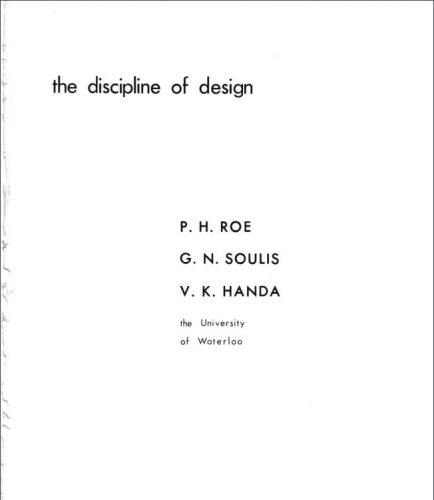
He also points out that architects and civil engineers have a unique position where their broad sense of knowledge makes them drivers of the decision making process. Most fields are nuanced and involve understanding a specific entity, not the larger system. For us, the challenge is to collect all this knowledge and manage it in an appropriate way. And in terms of his opinions on VR and technology, he calls 3D printing and VR the BIM of the 1990’s. Although everyone believed it would revolutionize the field of architecture, the only thing that has changed are the tools architects use, not the quality of design. While tools can persuade or dissuade the process, good architecture is inherent.
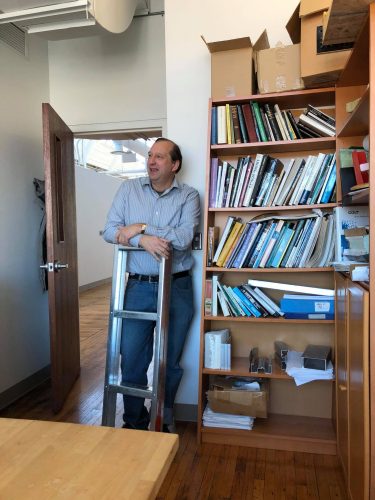
At that point we had to cut the conversation short as we were late to class. But John left us with many things to think about.
And to answer your question, yes, he definitely is all about building science.


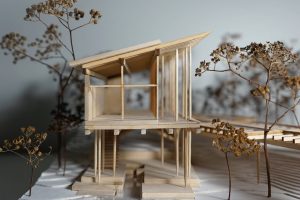
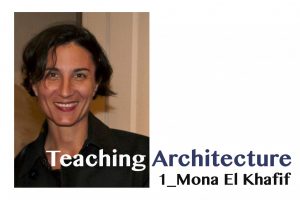
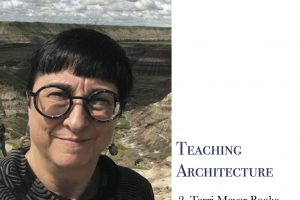
Leave a Reply